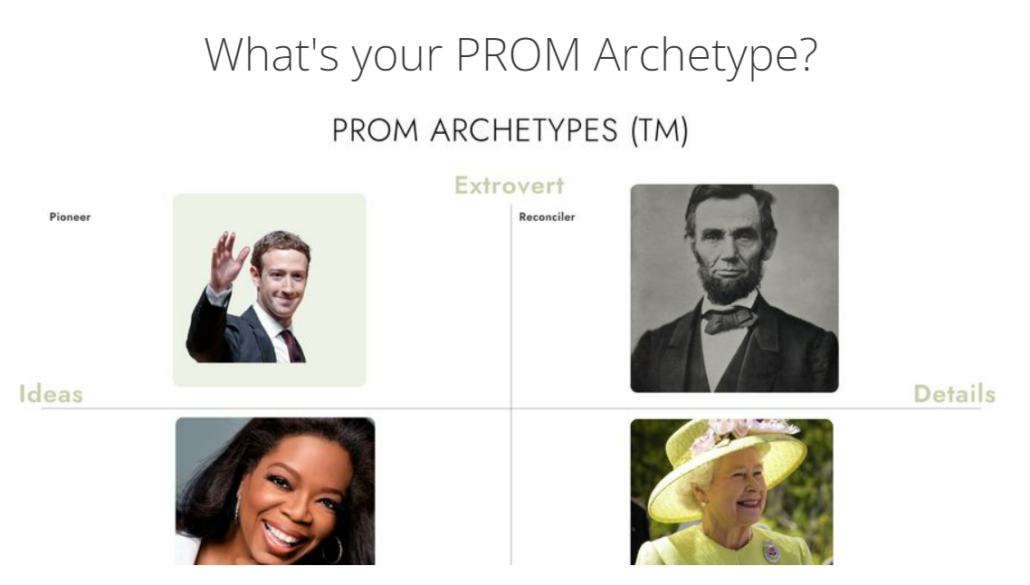Why Thought Diversity is Essential and How To Get It
Surround yourself with thought diversity to innovate, build consensus, solve wicked problems, and manage the details.

Have you ever looked around and thought, “Wow, I’m surrounding myself with people who are just like me.” Our affinity bias, otherwise known as our implicit egotism, has a way of attracting us to people who think, look, and act like we do.
As leaders and well-rounded individuals it is important to surround ourselves with thought diversity. Imagine if everyone on your Team were big-thinkers (Mavericks and Pioneers). Who would handle the fine details and keep the organization grounded while the big-thinkers and innovators come up with the next best thing?
Conversely, what happens if you only have detail-oriented individuals (Reconcilers and Operators) and no one around to innovate and think into the future? Chances are, both of these organizations are going to drift and eventually fail.
The servant-leader archetypes—Pioneer, Reconciler, Operator, and Maverick—are observable contributions each member of the Team provides to an organization. A well-balanced organization has individuals who embody each of these archetypes.
In the quad-chart below, you can see that leaders are either introverted or extroverted; they are energized by being alone (introvert) or they get their energy from socializing (extrovert). Both leaders are great leaders, they simply recharge their batteries in different ways. Then you have the big-idea individuals and the detail-oriented individuals; neither designation is better than the other.
Great leaders can fit anywhere on this quad chart. The secret is that they need to surround themselves with the other archetypes and avoid turning everyone on their Team into their mini-mes.
Just like Mark Zuckerberg, Pioneers innovate, while Reconcilers such as Abraham Lincoln build consensus. Operators implement to a high standard and care about the details as Queen Elizabeth II does and Mavericks, like Oprah Winfrey, think strategically and solve wicked problems.

I’m a Pioneer. As a principal, I was grateful for my Team Leaders who were Operators. They were able to bring me down from the clouds, ask me technical questions that I hadn’t thought of, and allowed me to be a stronger leader for the whole school. I valued them more than they could possibly know.
Action steps to create more thought diversity within your organization:
- Take the Servant-Leader Archetype 2-minute quiz with your Team and evaluate your thought diversity. Knowing your archetype helps you be the best version of yourself by building the healthy habits that make the most of your superpowers and pruning away average or unhealthy habits that hold you back.
- Be aware of your gaps in thought-diversity when hiring. Don’t fall prey to the trap of hiring people that you’re attracted to simply because they remind you of yourself.
- Allow each voice at the table to have equal bearing. Open yourself up to diverse-thinking instead of closing it off and seeing it as conflict.
- Value and be receptive to those that think differently than you. Chances are, you will be a more well-rounded leader when you surround yourself with the right people who help you grow as opposed to “yes” people who do what you say and allow you to drift.
Looking to Broaden your Thought Diversity?
Laura Colbert Consulting Programs
Lead Well: For Newly Promoted Leaders is an 8-week program that will help your newly promoted leaders thrive as they move from peer status to power status. Are you a good fit for this program? SIGN UP NOW!
The Trusted Advisor Program is my most intensive 1-on-1 program. Within 90 days, you’ll gain habits that create breakthrough success. You get personalized coaching and support, relentless accountability, and commonsense action steps that get results.




